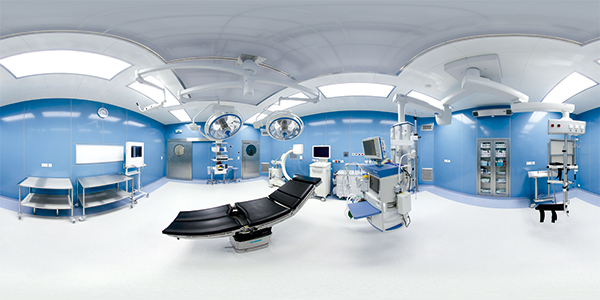Bioresorbable Stents for Patients Of Coronary Artery Disease
Technology until Now
A stent, in medical terms, is any device that is inserted into a blood vessel in order to expand the vessel to prevent or alleviate a blockade (typically, a coronary artery disease). Until now, the health care industry has been using metallic stents that would be worn permanently and could be removed only through surgical invasion.
And although some new bioabsorbable metals like Magnesium have been used, they posed unique challenges to doctors and surgeons as these metals degraded quicker than desired for bioabsorption, which is typically more than a year.

Bioresorbable Stents
US-based world leader in medical devices research, Abbott, invented the world’s first bioresorbable stent and has received FDA-approval for it, recently.
The Absorb GT1 Bioresorbable Vascular Scaffold System (BVS), which releases the drug Everolimus to limit the growth of scar tissue, is gradually absorbed by the body in approximately three years, as opposed to metals like Magnesium.
According to the National Heart, Lung and Blood Institute, USA, around 370,000 deaths due to coronary artery disease occur in the States alone.
The condition develops when cholesterol-containing deposits build up and narrow the coronary arteries, decreasing blood flow to the heart. This can cause chest pain (angina), shortness of breath, fatigue and other heart disease symptoms.
Doctors often treat coronary artery disease with a procedure called Angioplasty to widen the artery using a metal stent.
Scar tissue, however, can form within the stent causing the artery to narrow again (called restenosis). Drug-eluting stents temporarily release a drug, typically for a few months after stent placement, to combat the formation of scar tissue. But the injury recurs.
How Is Absorb GT 1 BS Different?
The Absorb GT1 BVS is manufactured from a biodegradable polymer named polylactide. The device’s absorption by the body gradually eliminates the presence of foreign material in the artery once the stent is no longer needed.
After absorption, there are only four very small platinum markers embedded in the walls of the artery, which help cardiologists identify where the Absorb GT1 BVS was originally placed.
Downside
Abbott’s stent, however, is recommended only for angioplasty candidates. It is forbidden for patients allergic to materials in devices or medications used during the procedure and the drug everolimus. If a patient has infection or irritation at the catheter insertion site, an internal embolism or bleeding, develops abnormal connections between the arteries and veins, and other coronary artery complications, this stent is contraindicated.
The Absorb GT1 BVS is also contraindicated for patients who are hypersensitive or allergic to Everolimus or the materials such as poly(L-lactide), poly(D, L-lactide), or platinum. It is also forbidden for those who have a sensitivity to contrast or who cannot take long-term aspirin therapy along with other blood-thinning medications (anti-platelet agents).
Benefits
Abbott’s device can treat eligible candidates for coronary artery disease while leaving no scar tissue and “disappearing” safely without the patients requiring the stent anymore throughout their lives.
Conclusion
With the Food and Drug Administration (FDA) finding a large reduction in blood clot and blockade in arteries of more than 2,008 patients upon using Abbott’s GT1 BVS, more hospitals in the US and across the world are set to get commercial stents for use.


